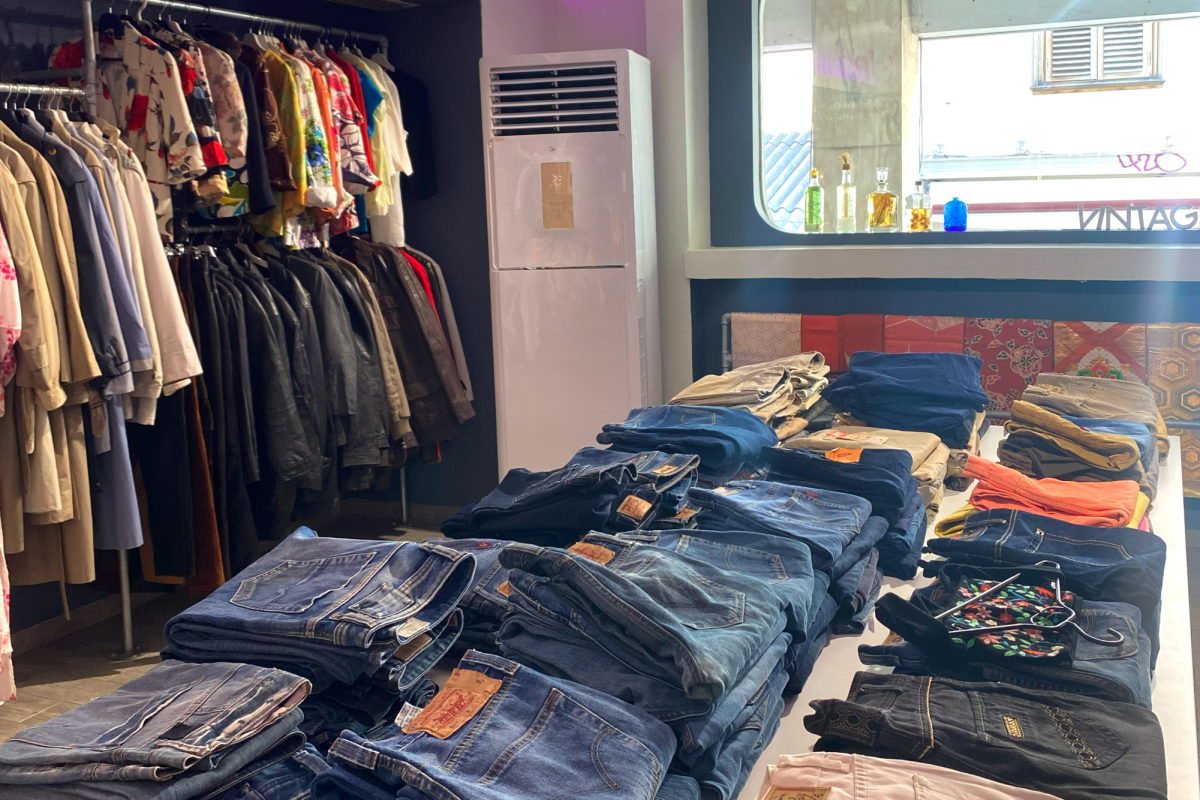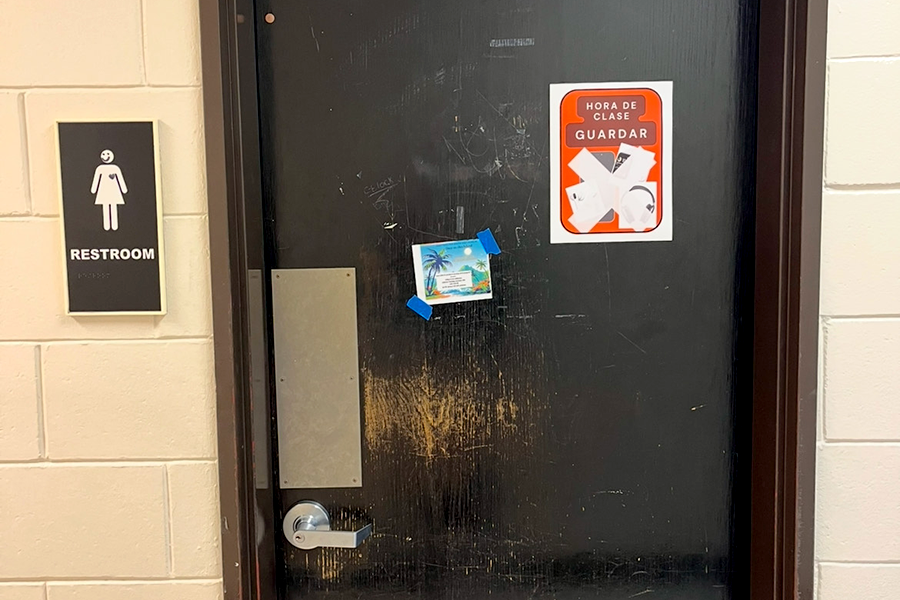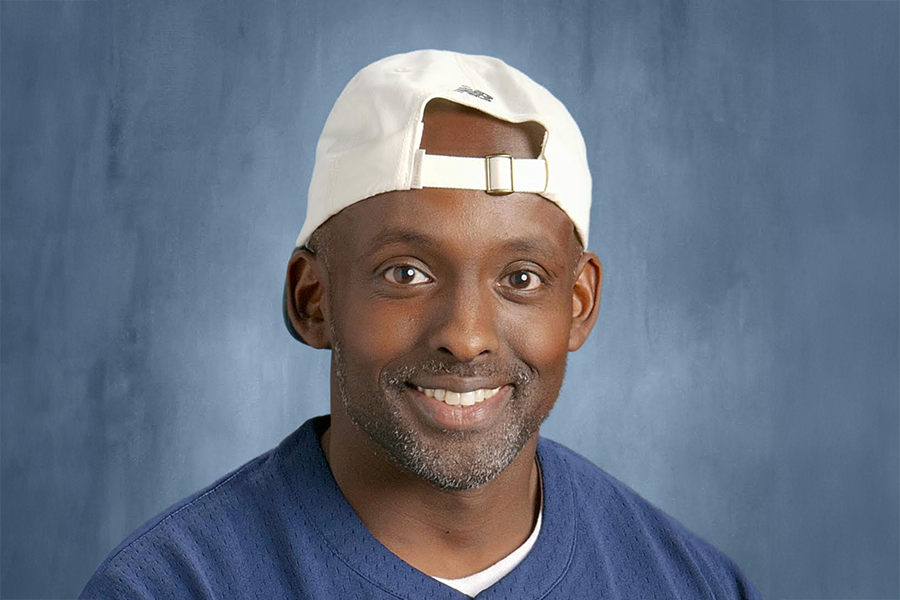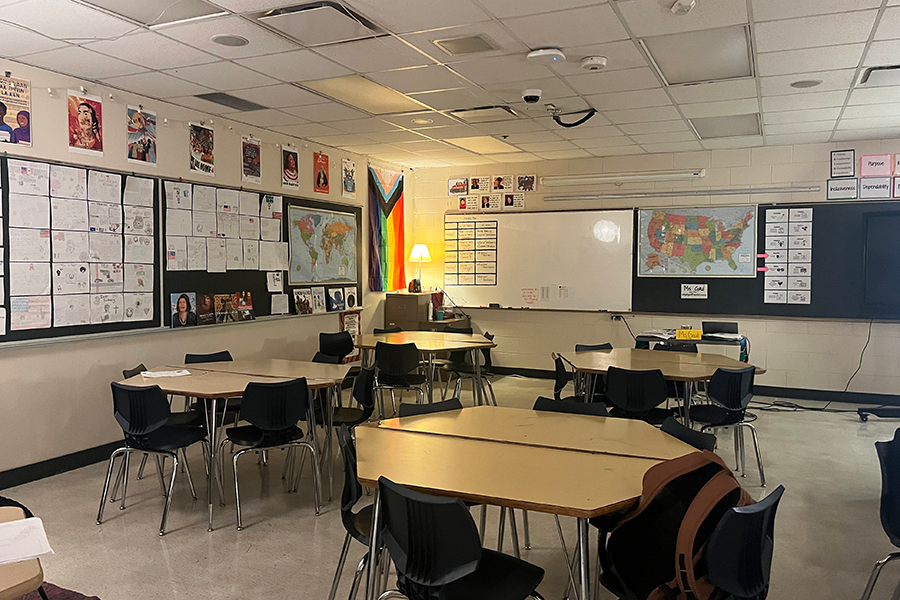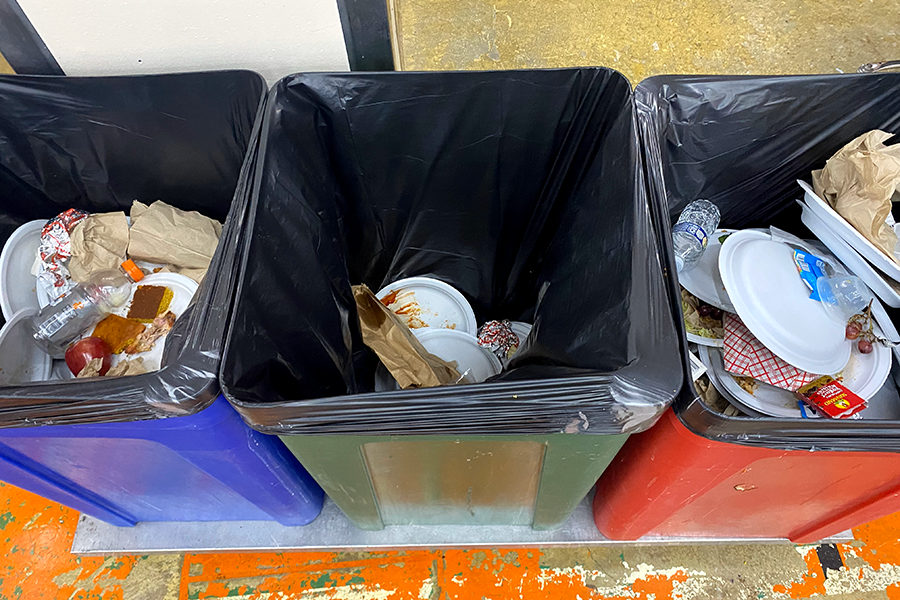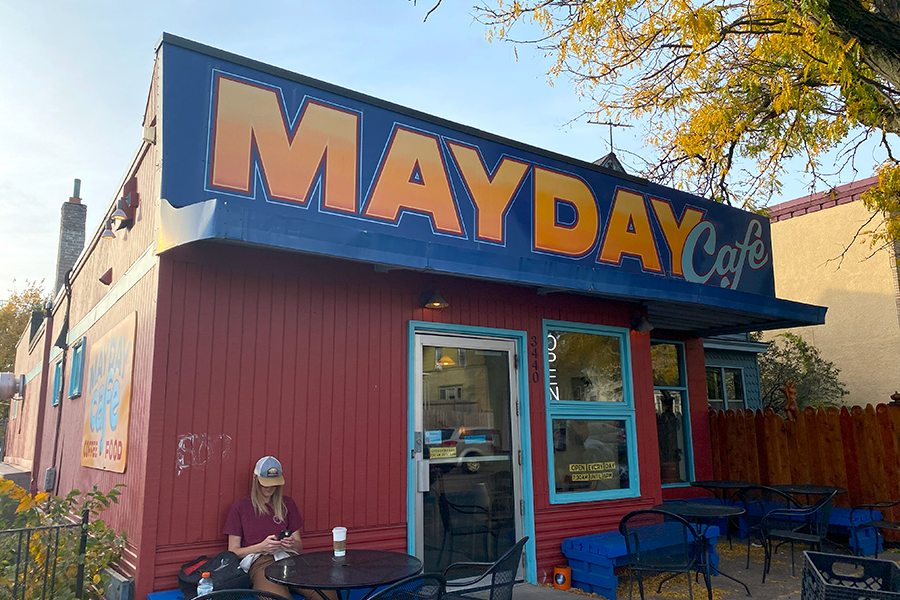Occupy Minnesota in downtown Minneapolis has been attracting people for months now. Some attendees are there because of the huge increase in foreclosing houses, and others are there for health care, the unemployment crisis, and other spreading protests that are a part of Occupy MN.
People have been fighting the rough economy since 2005, and many have been getting blatantly sick of it.
It started in New York City on September 17th: people protesting the horrible economy progressively expressed their anger until Occupy Wall Street was born. Protesters chose Wall Street as a symbol of corporate greed, and the protest continues to spread across the nation.
“How do we end the deficit? End the war, tax the rich!” chanted protesters at Occupy Chicago, “show me what democracy looks like! This is what democracy looks like!”
“There is not one clear message,” said one anonymous Occupy Wall Street protester, “we are a bunch of clear voices trying to unite with a clear solution, but I think we are going to achieve it once we unite.” The protester insisted that the themes of the protest could be shared by people all over the country: “This is the most universal protest I’ve ever been a part of. It’s the most beautiful thing; it’s more about brotherhood than anything else.”
“The fact that we don’t have a centralized goal is appealing to a lot of people,” commented another Occupy Wall Street protester, “because if it were a civil rights protest, a gay rights protest, or a protest for better education, it would alienate those other groups as opposed to saying, ‘everyone is welcome here.’”
“We’re protesting greed and everything that feels wrong with America,” the protester went on, “everyone can be involved in it, and that’s important.”
Occupy Wall Street has evolved into Occupy Chicago, Occupy MN, Occupy Miami and Occupy Seattle, as well as similar protests occuring throughout the country. All of the occupation environments differ. Some, like New York’s, are more organized and people know more of what they are doing; mainly because the occupation started in New York.
April Streich-Lukes from the Occupy MN media team said, “one of our [protesters’] biggest achievements was foreclosure.” One woman whose house was being foreclosed went to the protest and other protesters walked with her to the bank and started yelling and raising signs, and the bank helped cancel her foreclosure.
This was a huge change for Occupy MN, but they’re still trying to achieve a place to debate about policy issues, like foreclosures and healthcare. “There are areas in St. Paul where every other house is in foreclosure,” said Occupy MN protester Liz Asmus.
Protesters are happy that other people are starting to take note on how horrible the economy is, and doing something about it. Downtown is even filled with kids that get into the protests.
Some protesters have been violent, but police officers have been careful enough to take care of them and make sure that downtown can be a relatively safe zone, and there has only been a few arrests. Some protest spots have been moved to different places because of police escorts, and some park zones and buildings have been blocked off from public view. “We have had some one who dropped off bricks, and said it was riot equipment,” said Streich-Lukes. There have not yet been any riots at Occupy MN.
Media Crew member Dan Delaney said that the environment at the protests varies from where you are. “Banks are aggressive and dangerous, while the plaza is comfy and addicting,” said Delaney, explaining that banks are where the police pile in to arrest violators, and the plaza is where the families and children are. Most of the protests occur in downtown Minneapolis, where the banks and plazas that Delaney mentions also are located.
Protesters are moving for winter survival, and want somewhere they can safely store equipment. Some protesters encourage moving into foreclosed homes, showing that they plan to protest all through the winter season.
Occupy MN is trying to remove companies that are not on the same page, like banks. Protesters are currently trying to tell people that moving from big banks to small credit unions is a safer choice. “At this point, we try and make everything better, but corporate greed has been pushing us down,” Asmus says.
Some people that are against the protesters say there is no real point to the protesting. “They don’t have an articulated message,” said economics teacher Doug Berglund. Berglund contemplates that they are more into movement than changing something; he also thinks that the protests are ineffective but it’s for a worthy cause.
Berglund and his students drove past the protest and he explained to them that the protesters have a right to protest, and he is fine with the protests as long as they don’t get in his way of reaching a destination in downtown Minneapolis.
These protests have widespread effects on people. They build a sense of community, and help teach people what really is going on with our economy. Some people are there to let out their anger, and some stir up their anger on the spot, but some are there just to be supportive and feel like a part of the nations changing economy. “People are just happy that other people are being supportive.” says Asmus.

